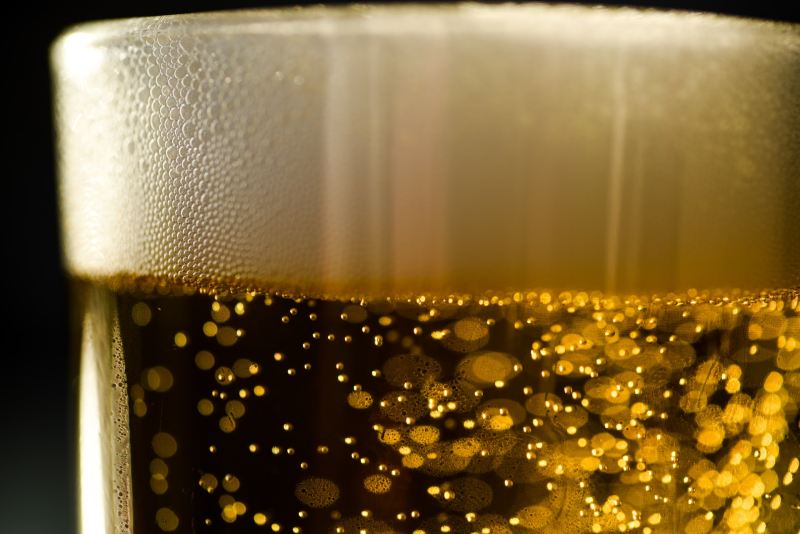
At the very least, a hobby should be enjoyable — something fun you like to do when you have free time. But, hobbies are usually even more gratifying when they’re productive. From cooking to quilting, candle making to gardening, if your hobby yields a product you can use, the activity can be especially motivating. Making your own beer at home, or delving into the world of home brewing, is a surprisingly approachable hobby and one you can get really good at with a little practice and tinkering.
If you learn to make your own beer at home, you can tailor your brews to your exact personal tastes, whether you’re a fan of a hoppy IPA, a light lager, or a dark stout. Home brewing can also potentially save you money — and last-minute runs to the liquor store if you realize you’re out of beer and want to enjoy one while watching the game. It can also allow you to be part chef, part scientist, and draw upon creative yet mathematical tendencies, and many people find that though it may seem daunting at first, learning to make beer at home is a fun hobby they end up sticking with and perfecting for years. Ready to roll up your sleeves and start fermenting? Keep reading to learn how to make beer at home.
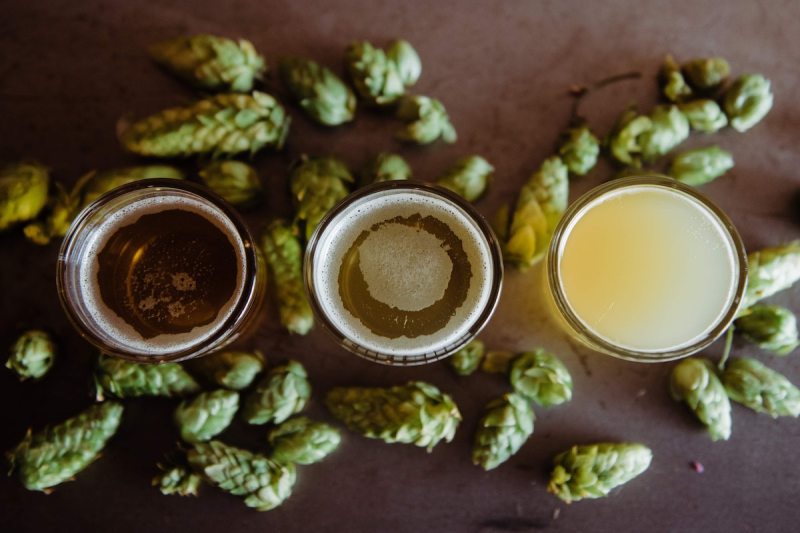
Basics of making beer at home
Home brewing is sort of like cooking in that there is a basic recipe to follow, yet it can be tailored and modified to yield different types of beer. However, unlike cooking — which is typically just a few hours from start to finish — making beer takes about a month from the initial steps until you can enjoy the final product. That said, they do say good things are worth the wait.
The simplest way to venture into home brewing is to buy a beer brewing kit, which will contain all the equipment, instructions, and ingredients needed to make beer at home. There are also countertop home brewing appliances if you want to get fancier with your brewing. However, you can also pick up the specialized equipment and ingredients you need at an online home brewing retailer.

Home brewing methods
There are three primary methods to brew your own beer. Extract brewing is the simplest, so probably the best place to start.
- Extract brewing: Extract brewing is the simplest method because the hops are usually incorporated into the malt extract, which cuts back the necessary ingredients to just beer yeast, corn sugar, and the malt extract in syrup or powdered form. Typically, the malt extract gets boiled in 2-3 gallons of water and then is cooled. Water and the beer yeast are added to bring the total volume up to five gallons, and then the beer wort (as it is called at this time) is left to ferment.
- Partial-mash brewing: Specialty grains, like malted barley grains, are steeped and added before the malt extract.
- All-grain brewing: This is the most involved brewing method because no malt extracts are used. Instead, all of the fermentable sugars are derived from malted barley (or other cereal) grains, not malt extract. Additional specialized equipment is necessary.
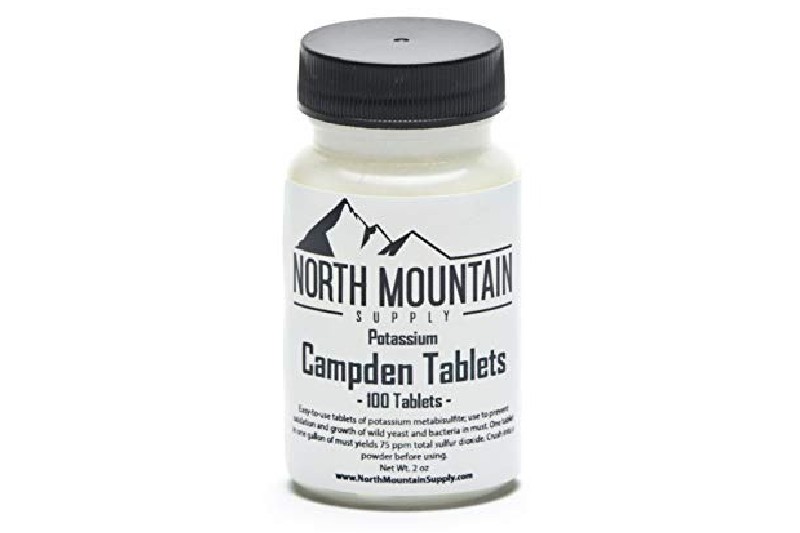
Ingredients for making beer at home
The basic beer recipe includes four essential ingredients: water, malt, hops, and yeast.
Water
Tap water can be fine for beginners to use, but as you hone your home brewing craft, you will likely start adjusting the alkalinity and hardness of the water, as this affects the fermentation, smoothness, and flavor profile. However, even if you’re just using tap water, it’s important to remove chlorine from the water. This can be done easily by adding a Campden tablet to the water. One tablet should be sufficient to dechlorinate 5-20 gallons of water.
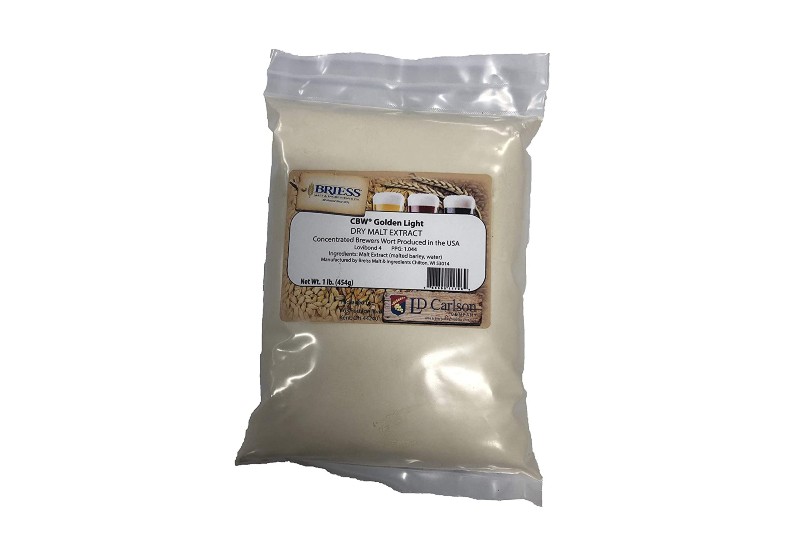
Malt/grains
Home brewers can purchase malt as an extract syrup or powder (for simpler extract brewing) or as a cereal grain (typically barley). The malt is what bestows the characteristic body, color, roasted flavor, and slight sweetness to a beer.
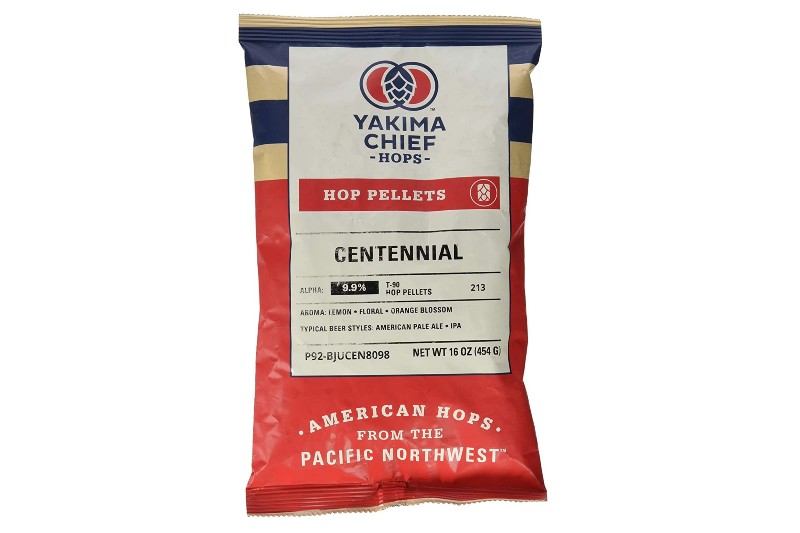
Hops
Hops are a climbing plant that imparts a tangy, bitter taste and aroma to beer. Making beer at home usually involves adding bittering hops or finishing hops, unless the hops are already incorporated in the malt extract product, in which case you won’t need to add more. Bittering hops impart bitterness and are added early in the boiling process while finishing hops mostly impart aromatics, and are just added toward the end so that they are not boiled away.
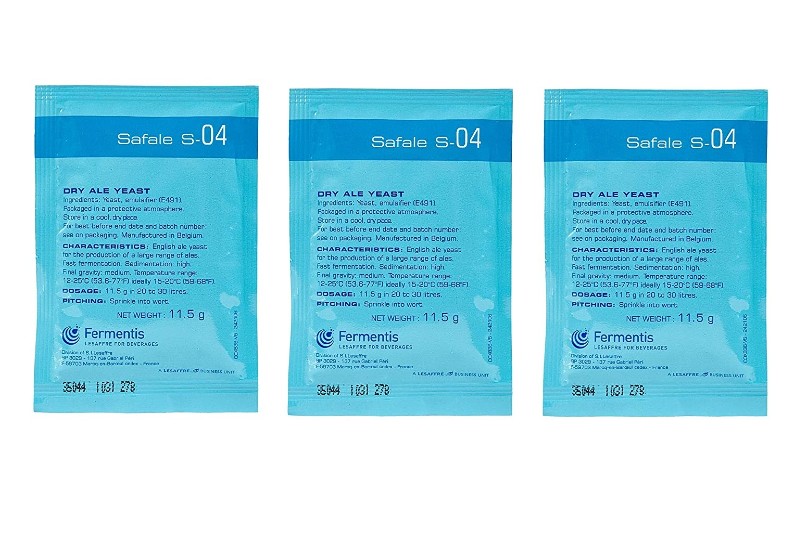
Beer yeast
These active microorganisms are what actually ferment the sugars in the brew and convert them into alcohol and carbon dioxide gas, which is why beer is effervescent. There are different types of yeast used for ales versus lagers. The former ferment more quickly, at warmer temperatures, and at the top of the fermentation container, while the latter takes longer to ferment, prefer cooler temperatures, and ferment on the bottom of the tank.
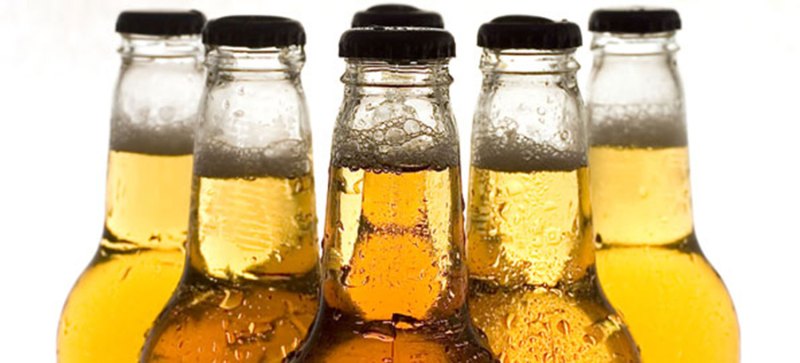
Equipment for making beer at home
As mentioned, it’s certainly simplest to buy an all-inclusive home brewing kit, but if you’d like to go the piecemeal route, you’ll need the following pieces of equipment to make beer at home:
- Brewing pot: Typically 20 quarts is good, or enough to hold 3 gallons or so.
- Stainless steel stirring spoon: Used to stir beer wort.
- Sanitizer: Used to sanitize all the implements and equipment that come in contact with the beer wort after it has cooled.
- Thermometer: Used to check the temperature of the beer wort.
- Hydrometer: Like a thermometer, a hydrometer is a testing instrument. It lets you know when it’s time to bottle the beer, the status of the fermentation, and the alcohol level.
- Primary fermenting vessel: If you plan to make a five-gallon batch, you’ll want at least a six-gallon tank to have ample room for foaming.
- Secondary fermenting vessel: Since the beer is finished in this vessel, get one the same size as the batch you intend to make. It should have an airlock.
- Siphon/racking cane: Used to siphon beer out of the secondary fermenting vessel.
- Bottling bucket: You can use the primary fermenting vessel as long as it has a faucet at the bottom because a hose needs to be attached so that the beer can be transferred to bottles.
- Beer bottles: A five-gallon batch requires 53 12-ounce beer bottles. The bottles need to have pry-off bottle caps, not twist tops.
- Bottle brush: Used to clean out old beer bottles.
- Bottle capper and bottle caps: A bottle capper is a tool that crimps the caps on the bottle.
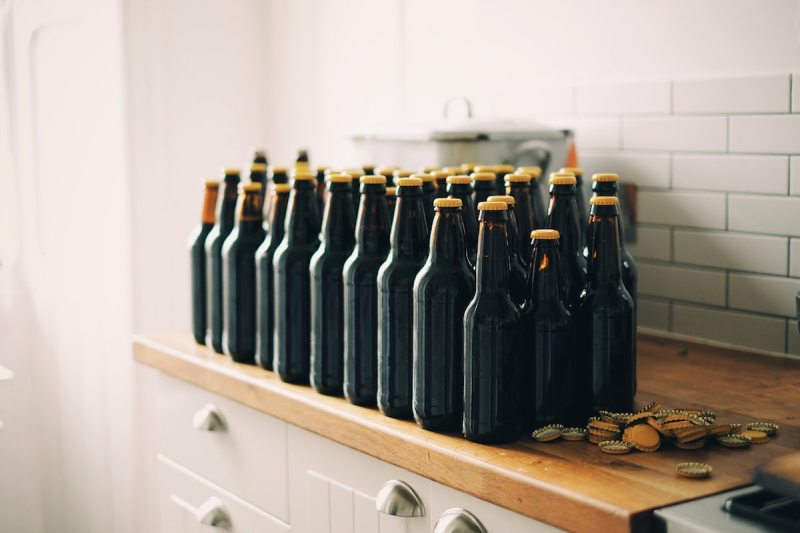
How to brew beer at home
Once you have the equipment and ingredients, you’re ready to begin brewing your first batch of beer. There are tons of published recipes to test and experiment with, and as you get more comfortable and experienced, you can customize them or create your own from scratch.
The basic steps involved in the extract brewing method are as follows:
- Using a brewing cleaner, sanitize all equipment.
- Dechlorinate and heat about three gallons of water until just below boiling and remove it from the heat.
- Add malt extract and stir until completely dissolved.
- Boil the brew wort.
- Once boiling, add your hops if the malt extract doesn’t include them.
- After boiling for a few minutes, remove from the heat, stir thoroughly, and place the pot in an ice bath in your sink.
- Once your beer wort is around 90 degrees Fahrenheit, use a funnel or carefully pour it into your primary fermenting vessel, leaving the hops behind if they were added separately.
- Add dechlorinated water until the total volume is 5 gallons.
- Stir vigorously with your stirring spoon.
- When the temperature and hydrometer readings are optimal for the beer yeast you are using, add the yeast according to the package directions.
- Stir thoroughly with your stirring spoon.
- Seal the fermenting vessel with the air-lock attached and filled with clean water.
- Ferment in temperature-controlled, dark space. Bubbles should start appearing in the airlock after 24 hours or so.
- Leave undisturbed. Fermentation will take between 1-2 weeks, depending on the recipe, yeast, beer you’re making, and final gravity and ABV you’re striving for.
- Siphon the fermented beer into your bottling bucket and then into your sanitized bottles.
- Seal the bottles with your bottle capper.
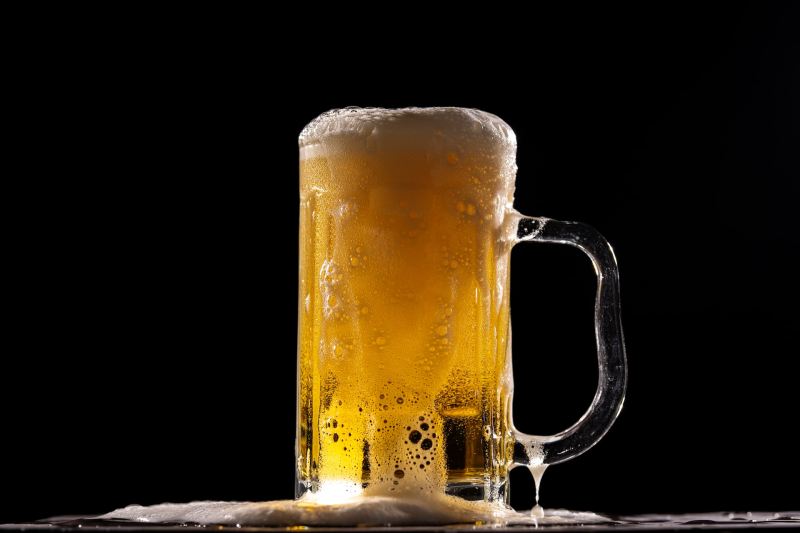
How long will the beer last?
Now that you’ve got your home-brewed beer in bottles, the big question is, how long do you have to drink it?
First, even once it’s bottled, you still have to wait a bit before enjoying your beer. According to the website Oregon’s Hoppy Place, once the beer is bottled, you need to wait about two weeks before cracking it open. The beer will still need some time to get fully carbonated. Also, right after the beer is bottled, it can be subject to something called “bottle shock,” which can negatively impact the taste. The two-week wait helps the beer’s flavor become balanced.
As for how long the beer will stay fresh, it can last in bottles, if properly stored, for about a year. In fact, the beer can continue to age and develop flavor for a few months in the bottle, but then after about a year, the beer will begin to turn stale. So don’t let it get stale, drink up!



